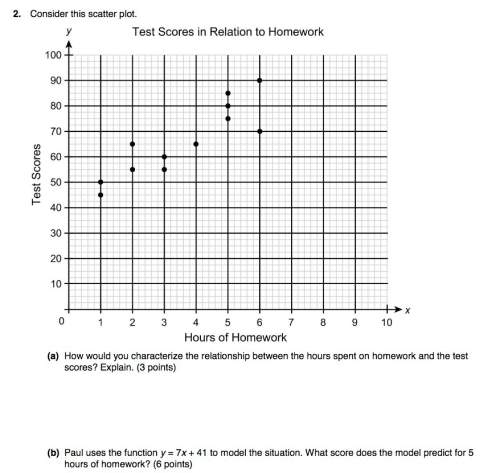
Mathematics, 15.04.2020 03:33 DenniJ19
Define F: ℤ → ℤ by the rule F(n) = 2 − 3n, for each integer n. (i) Prove that F is one-to-one. Proof: Suppose n1 and n2 are any integers, such that F(n1) = F(n2). Substituting from the definition of F gives that 2 − 3n1 = . Solving this equation for n1 and simplifying the result gives that n1 = . Therefore, F is one-to-one.

Answers: 3


Other questions on the subject: Mathematics

Mathematics, 21.06.2019 15:50, AaronMicrosoft15
If you shift the linear parent function, f(x)=x, up 13 units, what is the equation of the new function?
Answers: 1

Mathematics, 21.06.2019 16:30, DineroLaForeign
What is the fewest number of full weeks briyana would have to work to have enough money? 8 weeks9 weeks 10 weeks11 weeks
Answers: 1

Mathematics, 21.06.2019 18:50, firenation18
The table represents a function. what is f(-2)? a.-3 b. -1 c.1 d.3
Answers: 1
You know the right answer?
Define F: ℤ → ℤ by the rule F(n) = 2 − 3n, for each integer n. (i) Prove that F is one-to-one. Proof...
Questions in other subjects:



Mathematics, 25.07.2019 21:20



Mathematics, 25.07.2019 21:20

English, 25.07.2019 21:20


Mathematics, 25.07.2019 21:20


 is NOT one to one because
is NOT one to one because 



